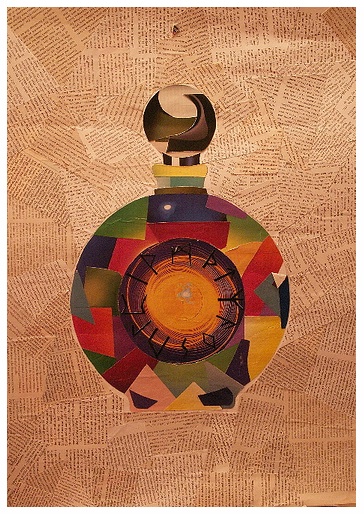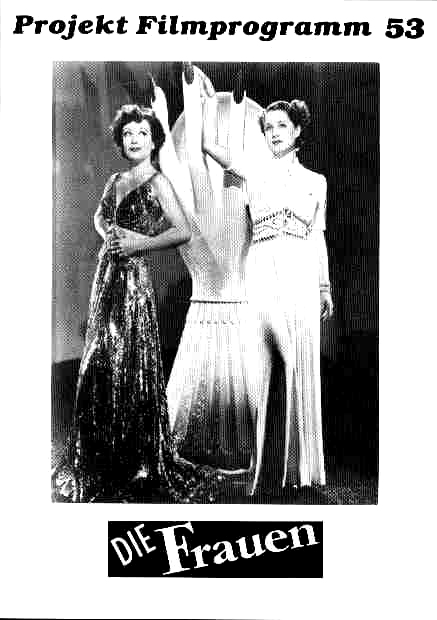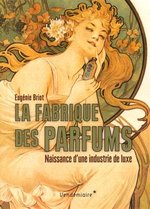Confessions of an Ex-Fragrance Model - Part 3 {Fragrant Reading - Writing}

Perfume Jargon by Jewel Photography
Confessions of an Ex-Fragrance Model by Guest Contributor Christina Warinner
Please read Part 1: Stardust and Part 2: The Hunt, if you've missed them
Part 3: Jargon
The trouble with the fragrance industry is that most of its jargon is in French. I do not speak French. In school, I studied German, which is pretty much the opposite of French. Thus, putting me in a position to stumble through a menagerie of French fragrance terms on a daily basis was in every sense of the word a massacre. At the end of the day, the French language lie dying and bleeding at my feet, only to be resurrected again the next day for a repeat performance. I got by with a horrid German pronunciation of vowels mixed in with a healthy deletion of random consonants until Champs Elysees became "Shons el-ees-us." Fortunately, working at an expensive new department store in a nouveau riche Midwestern suburb, my clients didn't know the difference and would parrot my ridiculous pronunciations of "grrr-lane oh-duh-noot" and "ives saint low-rent pear-us" with a naïve confidence that matched my own...

Poster for the German version of The Women by George Cukor, Die Frauen, via Rudolf Benda
The "popular fragrance" tactic never worked on the women. Although they wanted a well-known (and therefore enviable) fragrance, they also wanted to feel unique and to wear something different (but not too much) from their peers. For them, I described Stardust as an exclusive new perfume that was a well-kept secret in the fragrance world. If they didn't like its heavy floral scent, they had five options, at least as far as I was concerned. If they were under 18, they got Tommy Hilfiger. If they were edgy (asymmetrical haircut, nose ring, or all-black outfit), they got Angel. If they were an ordinary housewife under 35, they got Gucci Rush (which was featured that month in Cosmopolitan). If they were older, they got Donna Karan. And if they were really snobby, I sold them Creed's Fleurissimo, which was designed for Grace Kelly as her signature fragrance, and then later worn by Jackie Kennedy.
My Stardust sales were good over the winter holiday, and I'm sure many women received unwelcome surprises on Christmas morning in place of the Chanel No. 5 they were expecting. I was even named Stardust's national Employee of the Month for highest sales - which is still a mystery to me given that I only worked 10 hours a week in a Kansas department store. However, eventually winter turned to spring, and after a flurry of Stardust returns, I was left with a lot of out-of-season stock. So, I reinvented it. Stardust now had a "light, clean, fresh scent" and was our new spring fragrance. A bottle of perfume will last years (although we'll tell you that it goes bad after two so that you'll buy more), and between January and March I had virtually no repeat customers. Thus, no one noticed the change in my sales pitch, and spring Stardust was born. In general, people have a really hard time identifying and describing their olfactory sensations, and because of this they're easily persuaded to agree with just about anything you, or a label, says. In this way, I guess it's a lot like wine tasting, where people claim to taste things like dirt, jolly ranchers, and rainbows in what essentially amounts to a soup of yeasty grape juice. I came to realize that what I was really selling was boyfriends, weight-loss, salary raises, and the envy of peers. All could be accomplished with the right fragrance, and all I had to do was set the scene, drop the compliments, and reel them in. Warm and wintery or fresh and summery, Stardust was going to impress, startle, and deliver their heart's desires.
Tomorrow: Part 4: Special Clients
Christina Warinner is now a Ph.D. student at Harvard University and spends her summers excavating at sites in Mexico, looking for traces of past epidemics. She spends the rest of the year teaching tomorrow's best and brightest in the classroom for far less than she made as a Stardust rep. She still keeps Powder Fresh Secret in her medicine cabinet and doesn't own a single bottle of perfume. However, she will admit that when she gracefully dodges the fragrance counters at the Cambridgeside Galleria mall, deftly cutting left and right, she's tempted to slow down a bit, let herself be caught, and bathe in a fine floral mist.










Thanks for this post, you made me laugh aloud in front of my computer! This is priceless.